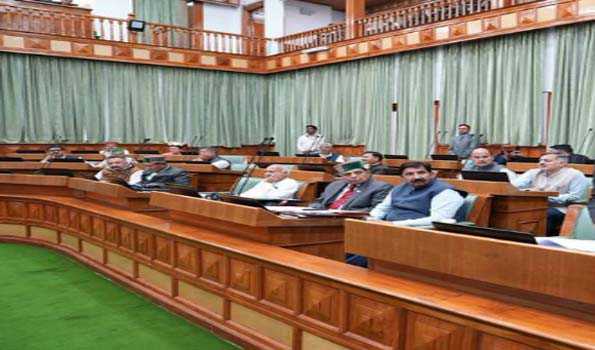
Shimla, Sep 9 (UNI) The Himachal Pradesh government, led by Chief Minister Sukhvinder Singh Sukhu, has introduced a significant amendment to the Himachal Pradesh Electricity Duty Act, 2009, proposing the imposition of a new milk cess and environment cess on industrial power consumers.
The bill, tabled in the state assembly on Monday, seeks to levy a milk cess at a rate of Rs 0.10 per unit on industrial power consumption, excluding zero-bill consumers.
This move comes in the wake of a recent setback for the government, following a High Court verdict that barred the state from imposing a water cess on power production. In response, the government has pivoted to introduce this new power duty in the form of a milk cess, aimed at bolstering the dairy sector in the state.
The proposed legislation allows for the milk cess to be revised by up to 50% through government notification. The funds collected from this cess will be directed towards promoting milk production and procurement, as well as uplifting milk producers across Himachal Pradesh.
In addition to the milk cess, the bill also introduces an environment cess, which will be levied on various categories of power consumers. The environment cess is structured as follows: Rs 0.02 per unit for small industrial power consumers, Rs 0.04 per unit for medium industrial power consumers, and Rs 0.10 per unit for large industrial power and commercial consumers. Temporary connections and stone crushers will be charged Rs 2.00 per unit, while electric vehicle charging stations will face a higher rate of Rs 6.00 per unit.
The environment cess aims to promote the generation of electricity through renewable energy and protect the environment in the state. Similar to the milk cess, the environmental cess rates can also be revised by up to 50% through government notifications.
The bill is expected to be discussed and possibly passed in the assembly on Tuesday.
The revenue generated from these cesses will be deposited in the MPP & Power Department’s receipt head and will be exclusively used for the stated objectives of supporting the dairy industry and enhancing environmental protection.
UNI ML AKS



